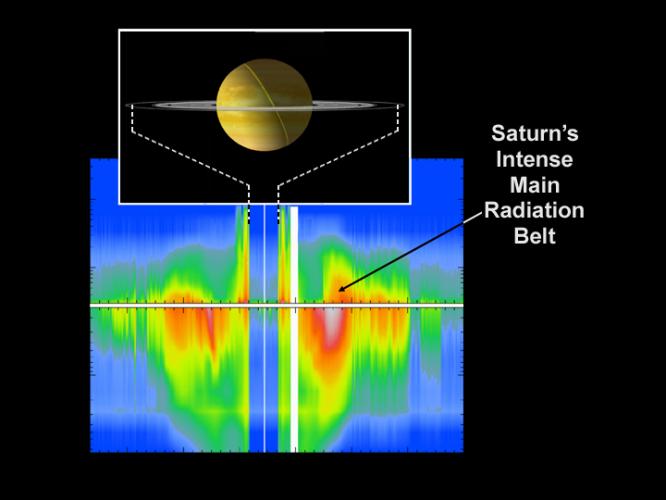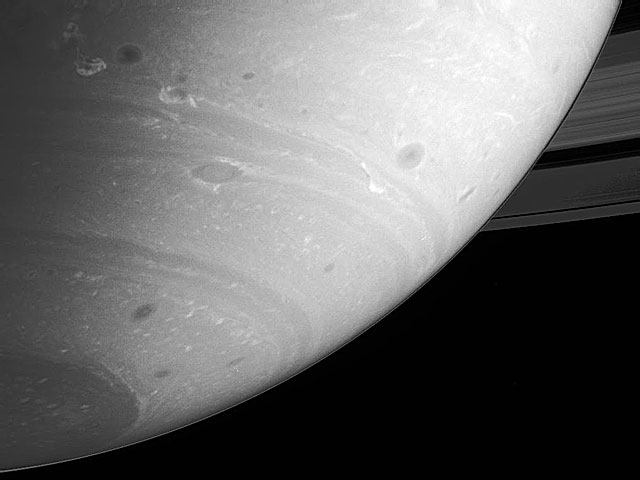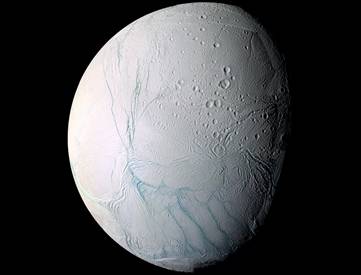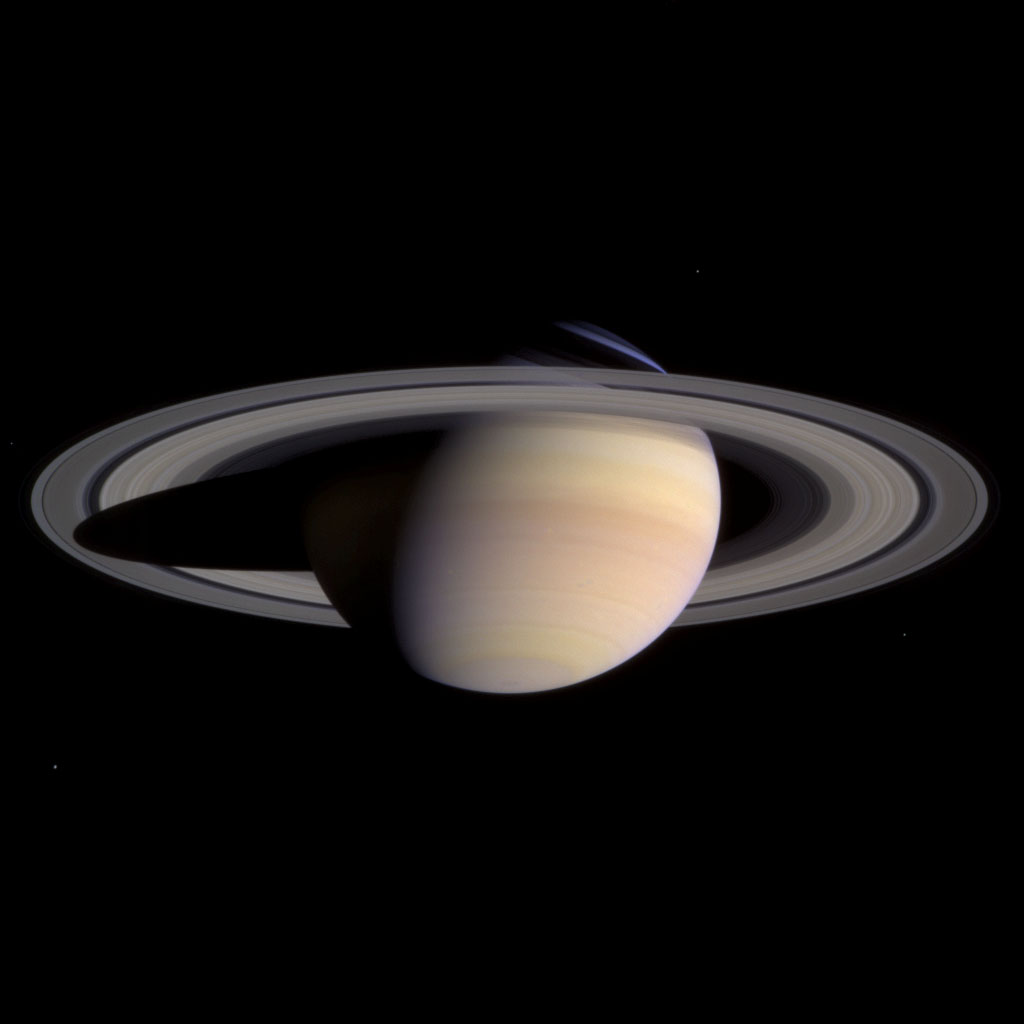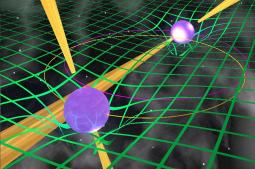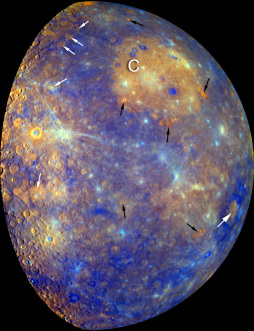Saturn is easily visible with the unaided eye, so it’s hard to say when the planet was first discovered. The Romans named the planet after Saturnus, the god of the harvest – it’s the same as the Greek god Kronos.
You can also check out these cool telescopes that will help you see the beauty of planet Saturn.
Nobody realized the planet had rings until Galileo first turned his rudimentary telescope on the planet in 1610. Of course, Galileo didn’t realize what he was looking at, and thought the rings were large moons on either side of the planet.
It wasn’t until Christian Huygens used a better telescope to see that they were actually rings. Huygens was also the first to discover Saturn’s largest moon Titan.
Jean-Domanique Cassini uncovered the gap in Saturn’s rings, later named the Cassini Division, and he was the first to see 4 more of Saturn’s moons: Iapetus, Rhea, Tethys, and Dione.
There weren’t many more major discoveries about Saturn until the spacecraft flybys in the 70s and 80s. NASA’s Pioneer 11 was the first spacecraft to visit Saturn, getting within 20,000 km of the planet’s cloud layers. It was followed by Voyager 1 in 1980, and Voyager 2 in August 1981.
It wasn’t until July 2004 that NASA’s Cassini spacecraft arrived at Saturn, and began the most detailed exploration of the system. Cassini has performed multiple flybys of many of Saturn’s moons, and sent back thousands of images of the planet and its moons. It has discovered 4 new moons, a new ring, and saw liquid hydrocarbon seas on Titan.
This article was published when Cassini had finished half its primary mission, and discusses many of the discoveries made so far, and another article when its primary mission was complete.
This article has a timeline of Saturn history, and more history from NASA.
We have recorded two episodes of Astronomy Cast just about Saturn. The first is Episode 59: Saturn, and the second is Episode 61: Saturn’s Moons.



